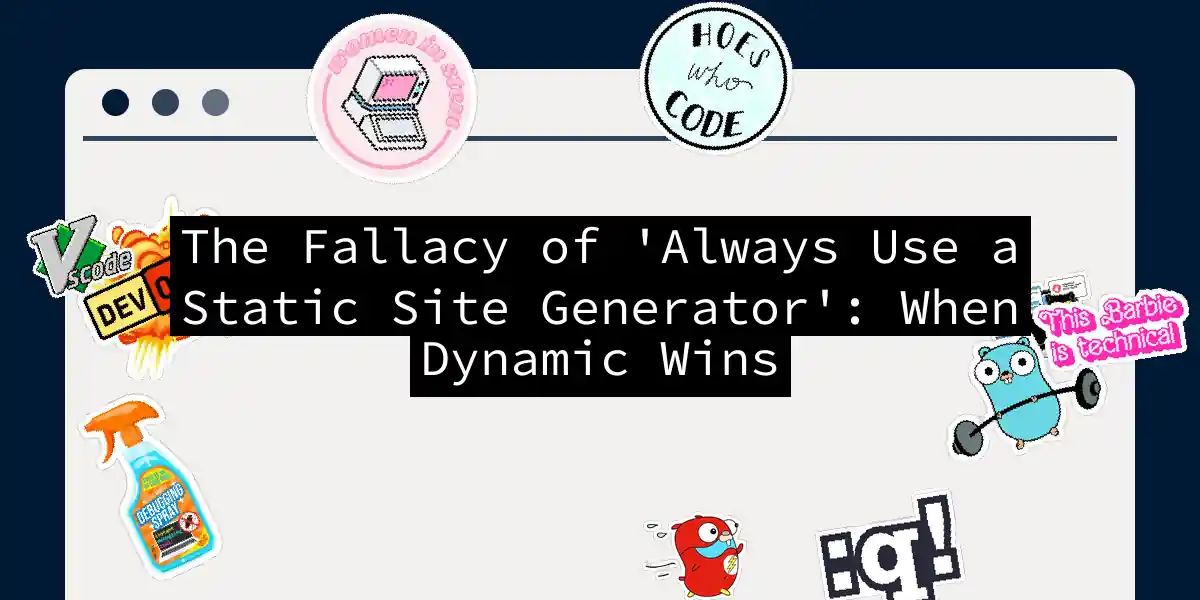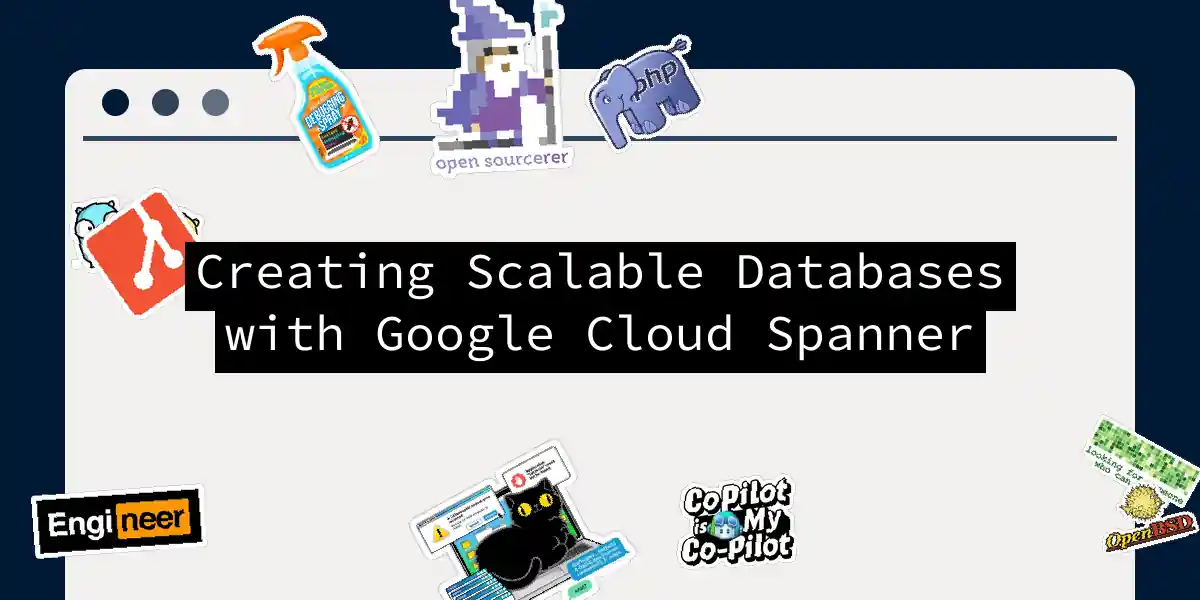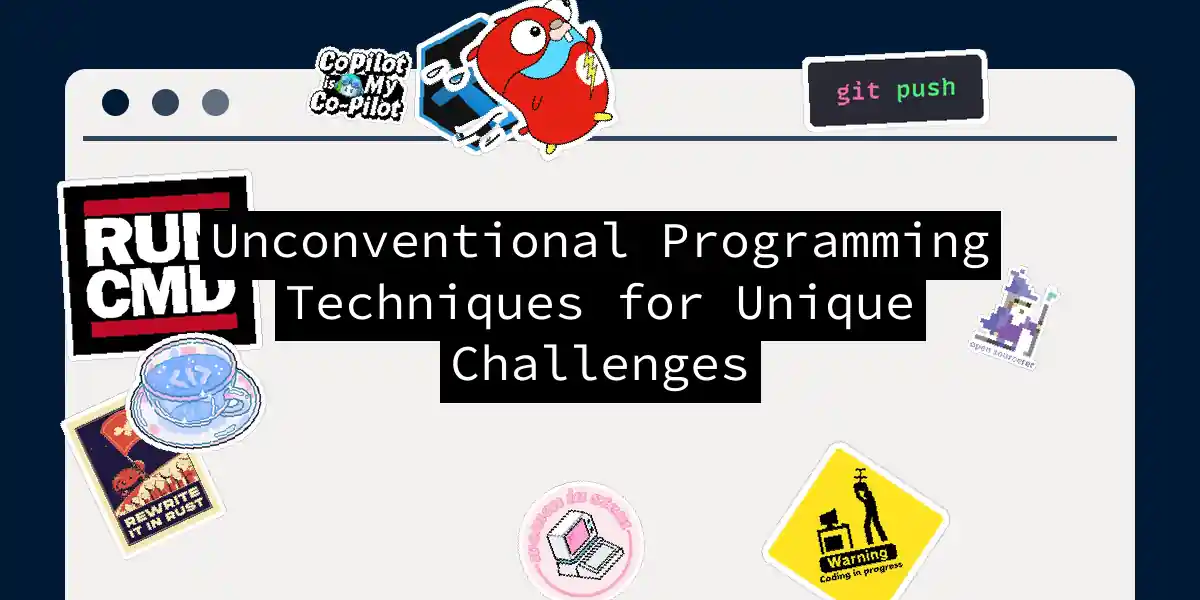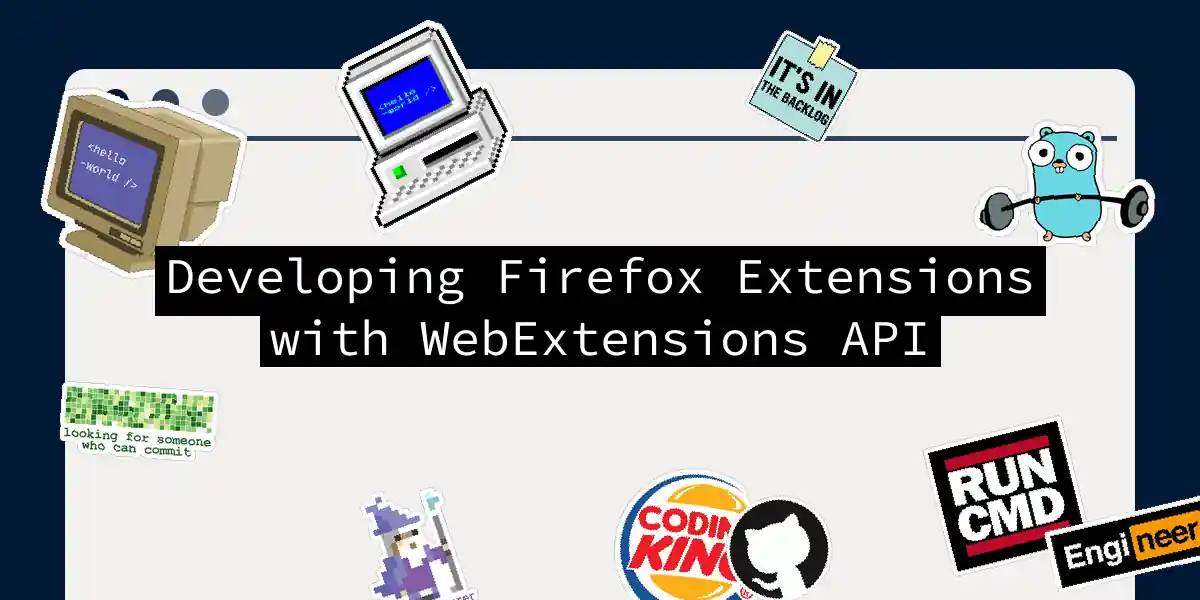
The Fallacy of 'Always Use a Static Site Generator': When Dynamic Wins
When it comes to the age-old debate between static and dynamic websites, the pendulum often swings heavily in favor of static site generators (SSGs). Proponents of SSGs tout their speed, security, and ease of development, and for good reason. However, this article aims to challenge the notion that static sites are always the best choice. Sometimes, dynamic sites are the way to go, and here’s why. The Allure of Static Sites Before we dive into the reasons why dynamic sites might be preferable, let’s acknowledge the strengths of static sites....



